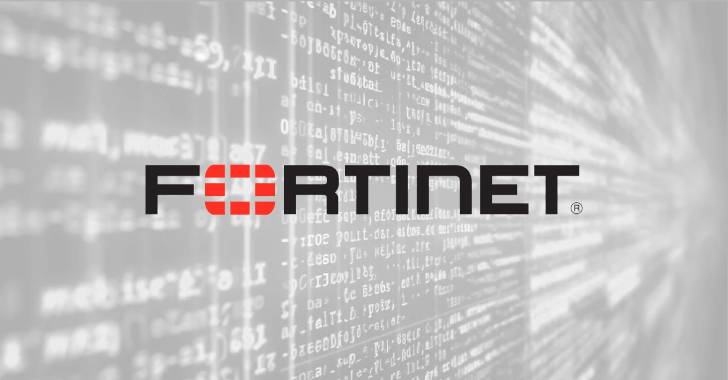⚡ Weekly Recap: Windows 0-Day, VPN Exploits, Weaponized AI, Hijacked Antivirus and More
Attackers aren’t waiting for patches anymore — they are breaking in before defenses are ready. Trusted security tools are being hijacked to deliver malware. Even after a breach is detected and patched, some attackers stay hidden. This week’s events show a hard truth: it’s not enough to react after an attack. You have to assume…
Read more










